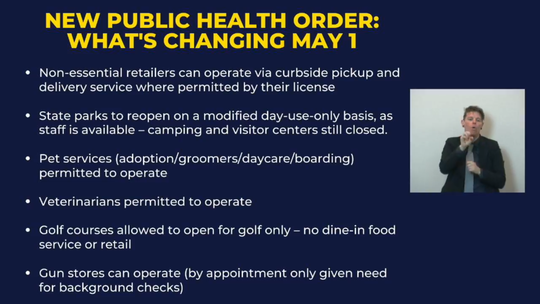The following letter was sent to Gov. Lujan Grisham’s Economic Recovery Council by the Rio Grande Foundation and Power the Future New Mexico under the banner of their combined effort FairlyOpen New Mexico. PDF with logos is posted here.

Dear Council Members:
Thank you all for stepping up in this difficult time for our State and Nation to serve to help Gov. Lujan Grisham open New Mexico’s economy. None of you need reminding of the devastation wreaked upon New Mexico’s business community and budget during the last few months.
With that, the groups behind an initiative called “Fairly Open New Mexico” (The Rio Grande Foundation and Power the Future NM) would like to call your attention to the recommendations that we have made as to how we/you can help our State get going again.
First and foremost, opening New Mexico as soon as possible is critical to ANY effort to get our State moving. We know that this Virus has not been evenly distributed across our Nation or our State.
We applaud the recent moves to slightly open various businesses on May 1, 2020. That said, a lot more can and should be done to get New Mexico moving again.
For starters, it would seem that areas that have been relatively free of the Virus can and should be allowed to open up businesses and their local economies as long as basic guidelines are followed. Everything from golf courses to dog groomers would seem to fit this category, but the focus should be on obeying State guidelines, not on “essential” vs. “non-essential.”
Local officials in areas with limited/no virus impact should also be allowed to open right away but they DO need specific guidance and help from State officials. Social distancing seems to be the watchword. Let’s allow those areas to open up right away as long as they can comply with simple guidelines issued by the State. And if there are detailed, scientifically-sound rules to be followed, local governments can be sure to appropriately follow them.
The same concept should be applied to businesses. We believe that ALL small businesses should be allowed to reopen at the same standards applied to box stores. Detailed plans for reopening including health criteria to be used for businesses to reopen should be made available. This should be a public document.
Finally, we need transparency. We have urged the Gov. to be as open and transparent as possible in her use of models relating to the spread of the Virus. The Economic Recovery Council, while it meets in private, must issue detailed reports to the public explaining what assumptions are being made about the economy, tax revenues, job losses and who is losing them, budget deficit projections, and other basic economic data.
Absent a clear reporting of both the data being used as well as the recommendations being made (and by whom) we fear that the work of this Council will be for naught.
We ALL want to defeat the Virus AND restore New Mexico’s economic health.
Thank you for your time and attention. If you would like further information about our efforts and concerns, please do not hesitate to contact us.
Sincerely,
Paul J. Gessing Larry Behrens
President Western States Director
Rio Grande Foundation Power The Future

















